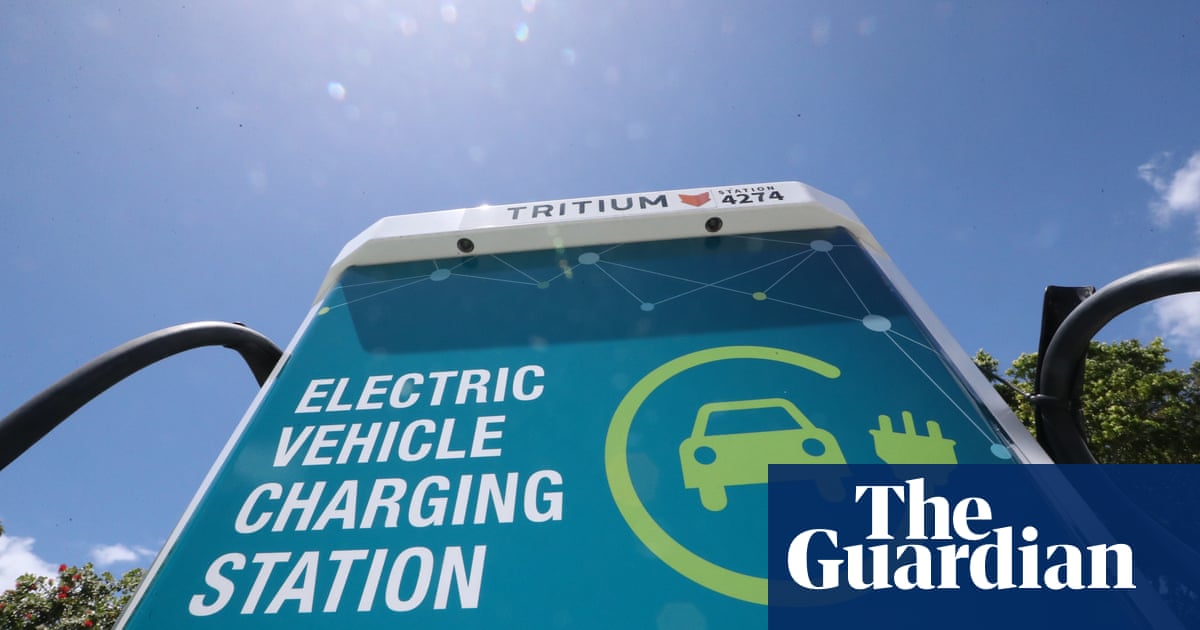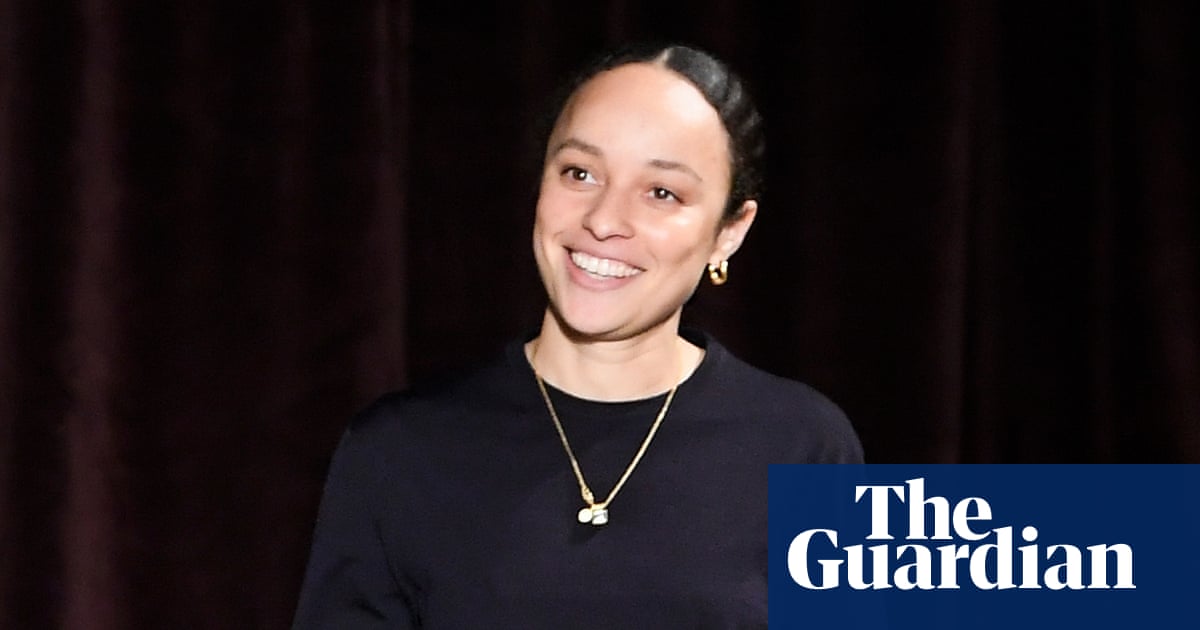
Surging sales of electric vehicles show the automotive revolution is coming, but its arrival is being held up by a fundamental problem: a lack of charging stations. This was apparent over the Australian summer when long queues formed at public chargers on holiday travel routes.
There are about 3,700 public chargers, at just over 2,100 locations, across Australia, according to an Electric Vehicle Council report published in October – a fraction of the number in many comparable countries. In Canada, drivers have access to more than 16,000 public chargers at about 7,000 locations.
But despite government and business pledges to fix the problem, those best placed to do so – charger manufacturers – are stuck in their own queues waiting for microchips, the same in-demand component causing production delays of new vehicles.
The Electric Vehicle Council chief executive, Behyad Jafari, says the holdup has its roots in a “lost decade” when EVs were treated as a political football and there was no overarching policy to spur investment in supporting infrastructure.
“We had 10 years of the previous federal government just refusing to act on this issue,” he says, noting that conservative governments in Europe designed EV-supportive policies during that same period.
“The result is that we could have had more investment. Now we need to catch up.”
Despite taking similar electric vehicle policies to the 2019 election, the then prime minister Scott Morrison said an EV could not “tow your trailer” or a boat and could not “get you out to your favourite camping spot”.
The negative messaging had a direct impact on the business sector, says Jafari, which looks for policy stability before making investment decisions, such as building charging infrastructure.
More than one in 20 new cars bought in January were electric, industry figures show, marking another month of strong gains, although the purchases still lag well behind China, Europe and North America, where EVs attract a much larger share of new sales.
In the US, about 13% of new cars are electric, while the figure is as high as 80% in Norway.
While the case for charging stations in Australia is clear, those involved in their manufacture face delays, with clogged shipping routes and shortages of microchips – or semiconductors – holding up production.
Australia’s dominant fast-charger maker and supplier, the Brisbane-based and US-listed Tritium, says the lead time on some semiconductors is 52 weeks. The manufacturer has also contended with long pandemic-related delays for shipping.
“We probably could have built more if we hadn’t had some of those supply chain issues, but we were also scaling the company,” says the Tritium chief executive, Jane Hunter.
Part of the company’s solution is to expand its manufacturing bases, which includes a new plant in the US state of Tennessee that can take some pressure off its Australian facilities and increase overall production.
Hunter says countries require a comprehensive EV policy to give businesses the confidence to build supportive infrastructure, which she says has been lacking in Australia.
“When we see government policy launch in favour of EVs, we see a flurry of orders in that region,” she says, noting an increase in charger demand after the UK announced there would be a ban on the sale of new petrol and diesel cars and vans at the end of the decade.
“You can’t overestimate how much government announcements can drive demand. It’s something I’ve tried to talk to the Australian government about – the fact that, to an extent, you don’t even need to put significant money and funding behind it,” says Hunter, adding that Australia’s large size means there’s a role for the government to fund charging stations in remote areas.
While policies, such as the national electric vehicle strategy, are now rolling out following last year’s change in federal government, orders for chargers have been flooding in from around the world for years, creating a backlog and putting Australia behind in the global race.
While Tritium was born in Brisbane, it’s a global supplier that manufactures more chargers for European and US buyers than for Australia.
There is no quick fix for the chip shortage that is linked to a decision in early 2020 by carmakers to cut orders amid temporary plant closures and fears sales would reduce dramatically in a global pandemic.
Instead, demand for vehicles and numerous other products that use semiconductors soon surged and the costly production process of making a tiny component that manages the flow of electric current could not keep pace.
Carmakers and battery recharger manufacturers now compete for the same components and there is even a shadow market where dealers buy up semiconductors and on-sell at higher prices.
Wait lists for popular cars can extend well over 12 months, including for a variety of EV and hybrid vehicles, and there is no immediate respite, says the Australian Automotive Dealer Association chief executive, James Voortman.
“There’s a big backlog of orders we have to clear and that affects the ability to bring in new stock,” says Voortman.
“The expectation is that we are probably looking at another year of this, hopefully improving in 2024. Today we are talking about a microchip shortage; tomorrow we might well be talking about shortages of minerals such as lithium, cobalt and all of those critical minerals that go into an EV battery.”
Electrifying Australia’s highways also requires adequate grid capacity and land access for recharge stations, which would rely on government agencies, utilities and businesses working together.
There is also an emerging problem of some older chargers experiencing faults and there are delays in getting the components required to fix them.
The NRMA energy and infrastructure chief executive, Carly Irving-Dolan, says the problems are hitting at the same time as demands on infrastructure increase.
“We are a little bit at the whim of our suppliers and that’s probably why we are looking at different vendors,” says Irving-Dolan.
“We are putting all the balls in the air and really trying to stop what’s happened over Christmas happening again, but there’s going to be some places which take longer to get connected.”












